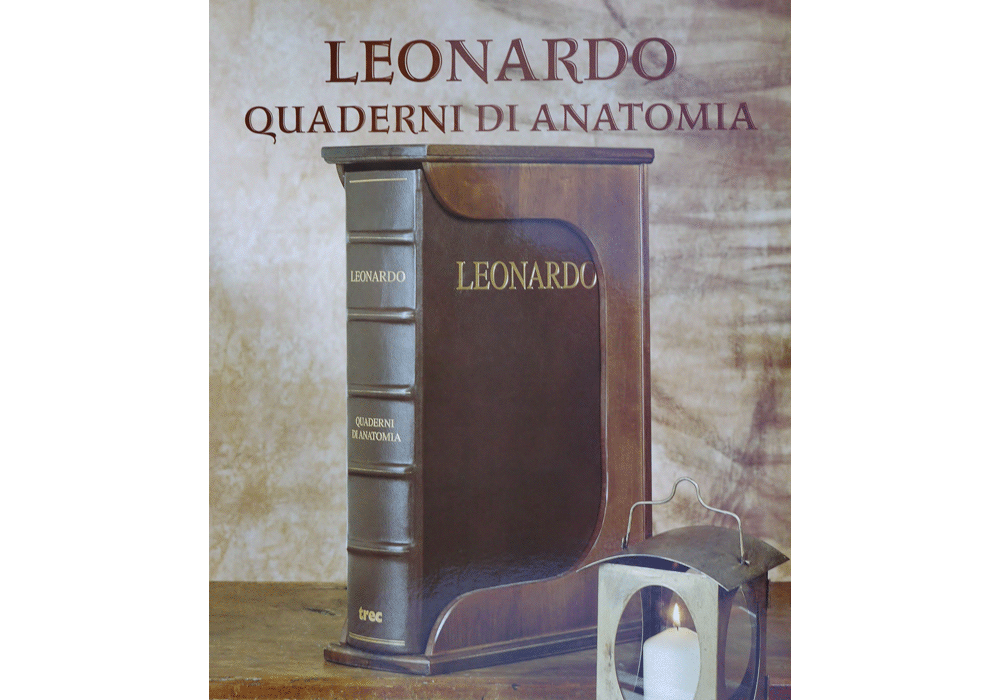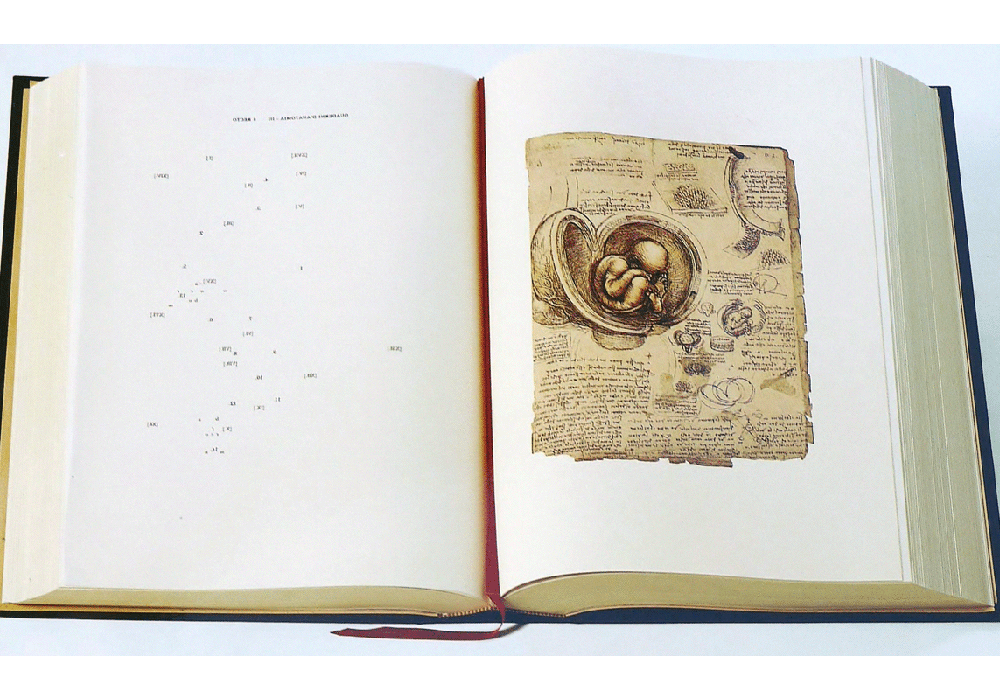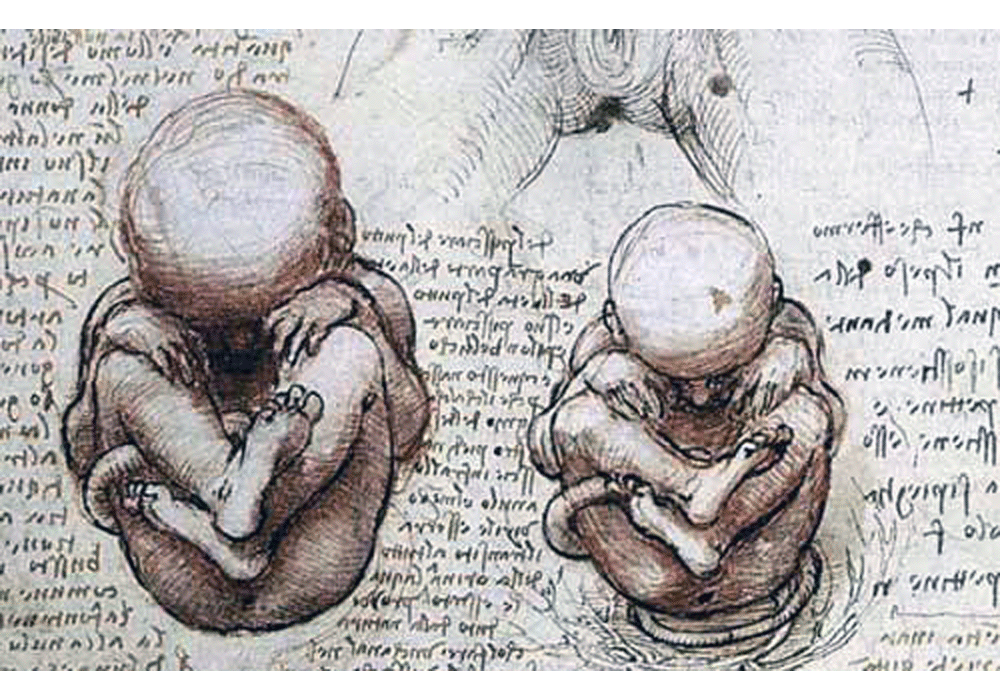|
|
|
| Seguir @vicentgarciaedi Twittear |
|
vgesa |

|
|
|
Synopsis: Codex Arundel is being held in British Library in London and is the most important collection of Leonardo da Vinci, after the Codex Atlanticus: 283 papers, often in double copies (size 19X12,5 cm). Also in this collection, the papers are gathered without an apparent grouping basis or chronological order, so it happens in the nearly whole Leonardo’s collection and in the Codex Atlanticus too. But, what can you find on these papers, whose borders and corners are often used? Everything: drawings, thoughts, meditations, biographical notes, anatomy sketches, optical, astronomy and human physiological studies, architectonic and urbanistic plans, projects of sculptures, military machines, weapons, flying machines and hydraulic, but also letters, shopping and mathematic calculations or geometry studies. The first 30 pages are an important exception. At the beginning there is the famous compilation program which may give you a sense of dismay. Leonardo collected and transcribed his previous notes. At the beginning he inform us that this is a collection without order, a sort of preliminary and intermediate phase of the work; and then, it would be followed by, in his intentions, a systematization of these notes. But why Leonardo felt that everything would be unchanged, without order, almost justifying the repetitions? If it was impossible to avoid repetitions because the notes were writing in different moments and different places, why Leonardo continued to transcribe these repetitions while he was collecting them? In that moment that they were in front oh his eye? Perhaps, did Leonardo think that it was impossible to reorder the collection definitively? Indeed, only after 30 papers, everything is confused without an apparent basis. At the end the mystery is unsolved. Leonardo was a left-handed person, but although he was able to write normally, the Codex Arundel was written from right to left with a “specular” style which seems coded, as the most of his works. His handwriting was changeable, from elegant and baroque during his youth to a clear style during the years of maturity. Then, in the last years of his life, Leonardo’s handwriting became nervous and sometimes careless. Someone thought that the Codex Arundel may be written in the period immediately after the year 1508, but it isn’t exactly. This Codex includes many notes of different periods, from Leonardo’s youth (for ex. his sea monster and the threatening cave descriptions1478-80), to the year before his death (for ex. his royal palace project in Romorantin (France) which may be dated 1518). |
IBIC Rating: |
||
|
AC History of art / art & design styles |
1D Europe
|
|







